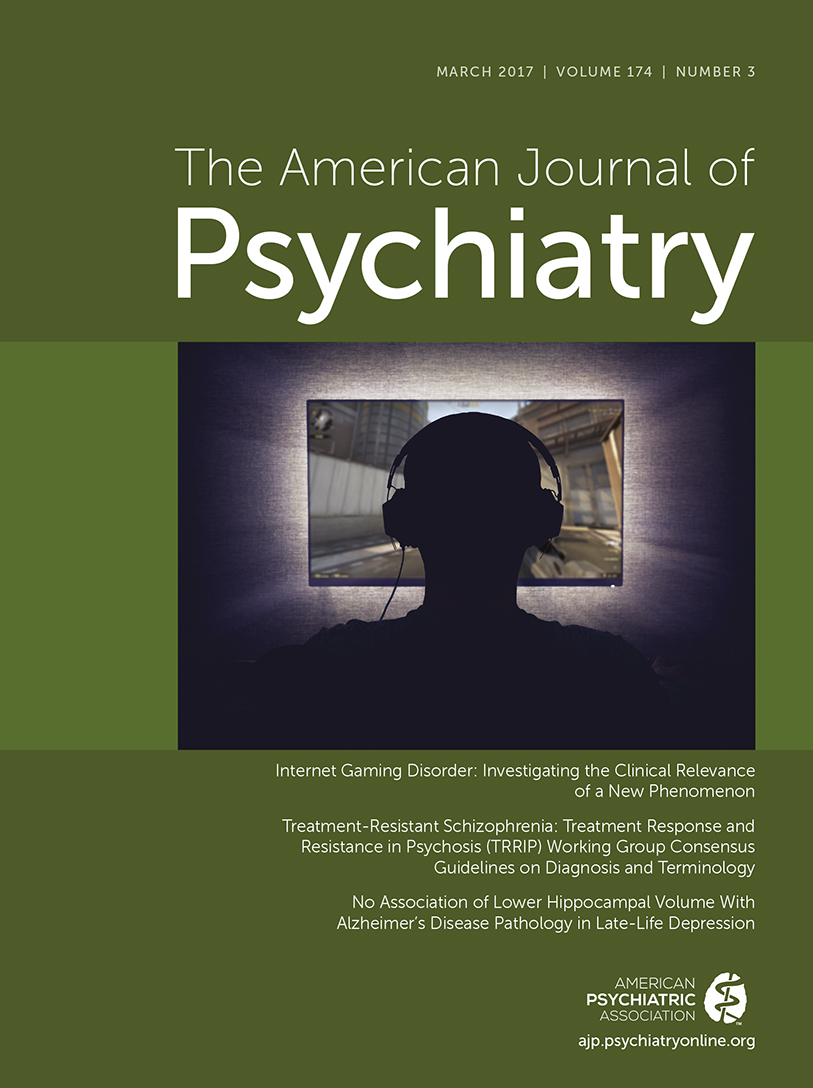Mental Health and Social Networks After Disaster
Abstract
Objective:
Although disasters are a major cause of mental health problems and typically affect large numbers of people and communities, little is known about how social structures affect mental health after a disaster. The authors assessed the extent to which mental health outcomes after disaster are associated with social network structures.
Method:
In a community-based cohort study of survivors of a major bushfire disaster, participants (N=558) were assessed for probable posttraumatic stress disorder (PTSD) and probable depression. Social networks were assessed by asking participants to nominate people with whom they felt personally close. These nominations were used to construct a social network map that showed each participant’s ties to other participants they nominated and also to other participants who nominated them. This map was then analyzed for prevailing patterns of mental health outcomes.
Results:
Depression risk was higher for participants who reported fewer social connections, were connected to other depressed people, or were connected to people who had left their community. PTSD risk was higher if fewer people reported being connected with the participant, if those who felt close to the participant had higher levels of property loss, or if the participant was linked to others who were themselves not interconnected. Interestingly, being connected to other people who in turn were reciprocally close to each other was associated with a lower risk of PTSD.
Conclusions:
These findings provide the first evidence of disorder-specific patterns in relation to one’s social connections after disaster. Depression appears to co-occur in linked individuals, whereas PTSD risk is increased with social fragmentation. These patterns underscore the need to adopt a sociocentric perspective of postdisaster mental health in order to better understand the potential for societal interventions in the wake of disaster.



